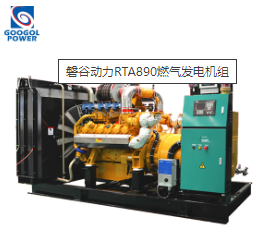- HOME
- ABOUT GOOGOL
- PRODUCTS
DIESEL ENGINE
GENERATOR SETS
- DOWNLOAD
- CASES
- NEWS
- CONTACT US
DIESEL ENGINE
GENERATOR SETS

The use of gas engines in dangerous goods vehicles is a complex and rigorous issue that requires consideration from multiple dimensions.
Firstly, from a technical perspective, the performance, stability, and safety of gas engines as a power source are crucial for the use of vehicles. In the field of dangerous goods transportation, the power system of vehicles must have high reliability and safety to ensure that safety accidents caused by power failures do not occur during transportation. Therefore, if the gas engine can meet these requirements, theoretically it can be used for dangerous goods vehicles.

However, in practical applications, it is also necessary to consider the compatibility between gas engines and dangerous goods vehicles, the constraints of laws and regulations, and the needs of operational management. For example, dangerous goods vehicles usually need to meet specific technical requirements and safety standards, including the structure of the vehicle, safety devices, protective measures, etc., to ensure effective prevention of dangerous situations such as leakage, combustion, or explosion of dangerous goods during transportation. In addition, laws and regulations in different countries and regions may have different provisions and restrictions on the power system of dangerous goods transport vehicles.
In practical operation, many dangerous goods transportation companies choose gas engines that have undergone strict testing and certification as the power source for their vehicles. These engines usually have the advantages of high efficiency, energy saving, environmental protection, etc., and can meet the special needs of dangerous goods transportation vehicles. For example, some dangerous goods tractors equipped with gas engines have achieved good results in practical applications, not only improving transportation efficiency but also reducing operating costs.
In summary, the use of gas engines in dangerous goods vehicles is feasible, but the prerequisite is to ensure that the performance, stability, and safety of the engine meet relevant standards and requirements. At the same time, it is necessary to fully consider the constraints of laws and regulations as well as the needs of operational management to ensure the safe and smooth transportation of dangerous goods.